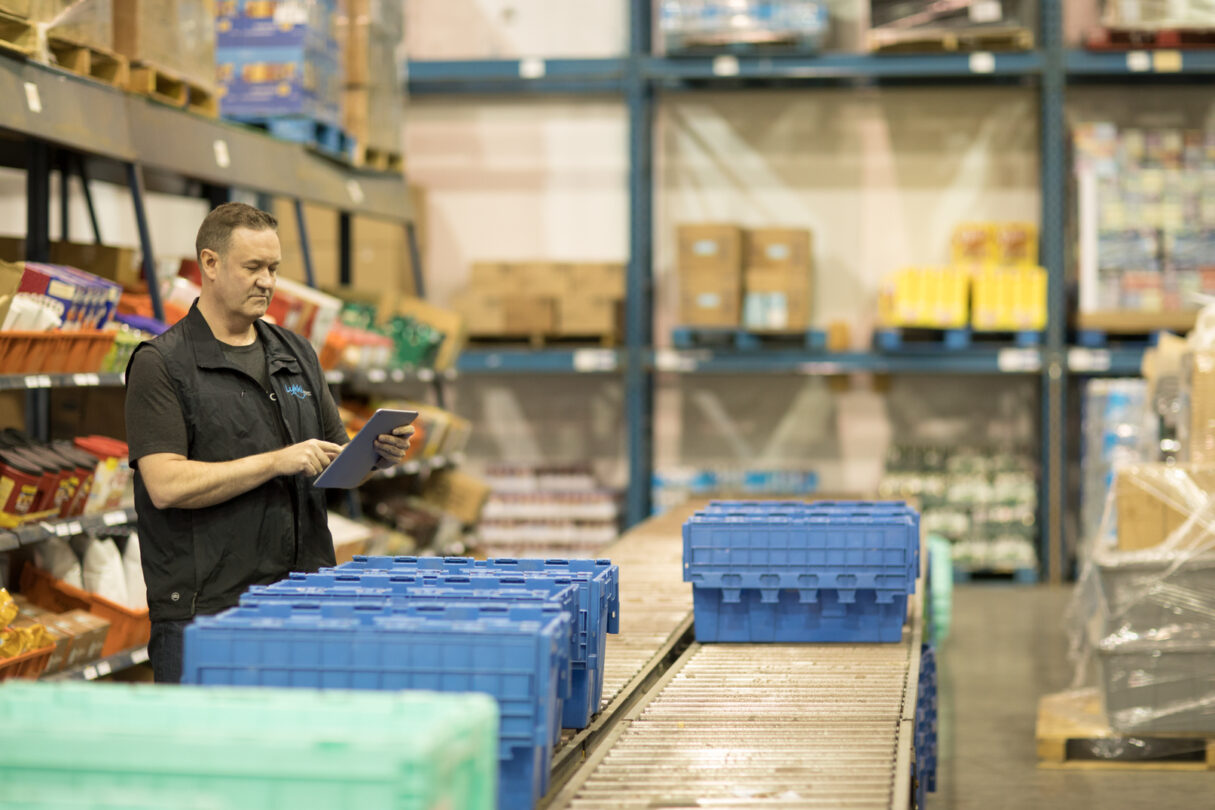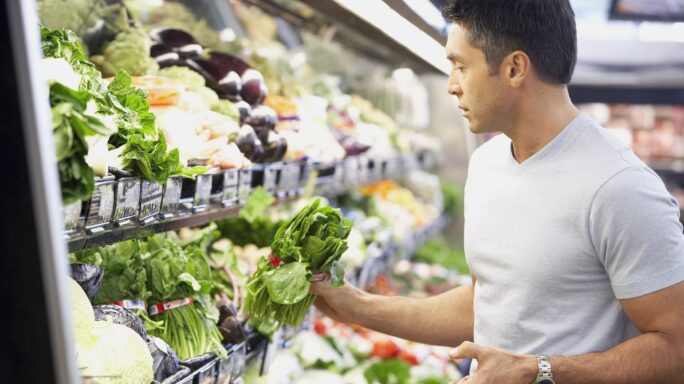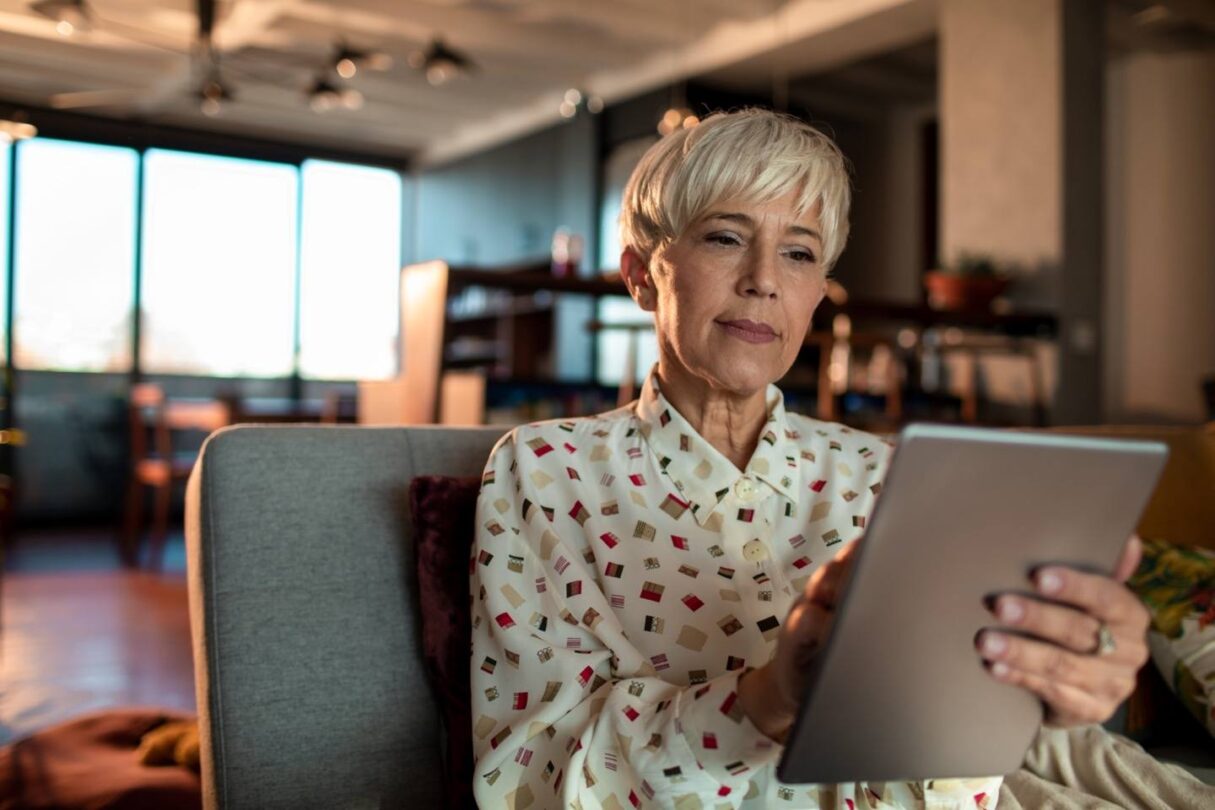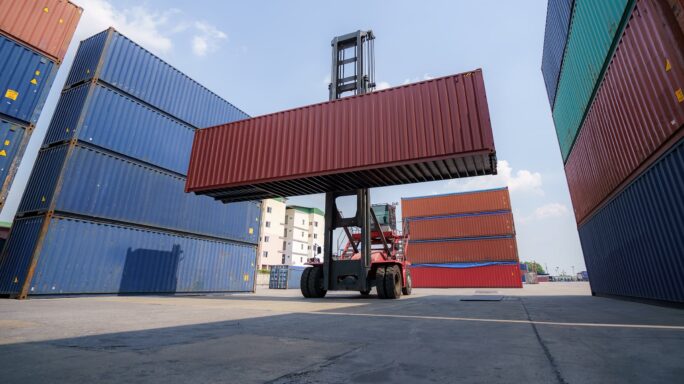Strategy, Legal & Operations
How to build circular principles into your food and drink coronavirus strategy
Particularly in the early stages of the pandemic, coronavirus highlighted the weakness and fragility of todays global supply chains. Coronavirus...

Particularly in the early stages of the pandemic, coronavirus (COVID-19) highlighted the weakness and fragility of today’s global supply chains.
But, according to the Ellen MacArthur Foundation, introducing three circular principles will help businesses to become more resilient, particularly in food production and distribution.
The circular economy can support businesses in:
- Designing out waste and pollution.
- Keeping products and materials in use.
- Regenerating natural systems.
The breadth and scope of the circular economy can be intimidating. However, with the right strategies, circularity doesn’t have to be overwhelming. Here is how to do it, according to the experts.
Be pragmatic and avoid paralysis by analysis
Stefano Pascucci is a professor in sustainability and circular economy at the University of Exeter Business School.
He says: “Pick one product and experiment.
“Sometimes companies try to change their processes overnight and want to go completely circular from day one. Profitability is very difficult under those circumstances; I wouldn’t advise it.”
Ali Fisher is the founder of Plans with Purpose, a consultancy helping businesses focus on sustainability. She says: “In an ideal world, you move quickly to strategy and a whole value chain review to see all the touchpoints that you can impact.
“But the most important thing is to start, and you’ll learn really quickly.”
Work with supply chain partners
Duncan Rawson is a partner at agri-food business consultancy EFFP. He says: “When I do this sort of work, it’s always ‘get around a table, share what we do, shine a light on it and then set a joint vision and joint goals’.
“The big prizes aren’t internal, within one organisation. The big prizes are in working with your supply chain.
“That’s the only way you have a true chance of creating a circular economy or creating circular processes.”
Simon Billing is executive director at Eating Better, an alliance that’s “working to stimulate a 50% reduction in meat and dairy consumption in the UK by 2030”.
He says: “Start by talking to your suppliers. You need to look at what feeds and commodities are currently in your supply chain, and where the risks are.
“For example, do you have soy and is it certified?
“Knowing your supply chain, knowing where you’re sourcing from, becomes really critical now because you want that security of supply.”
Avoid thinking that circularity needs to be tied to a raft of new commitments
Emma Chow is the food initiative lead at the Ellen MacArthur Foundation. She says: “It’s not about creating a new thing.
“It’s saying, ‘What are the existing priorities?’ and then looking at the principles of the circular economy to see how these can be applied to help you move faster towards those targets.”
Have a bold vision
Chris Schafer is managing director of Sage partner MySoft. He says: “What defines the food and drink companies that are getting this right is that they’re doing it properly. They’re not playing at it. They’re not making gestures.
“They are fundamentally changing the way they operate.”
Squaring the circle
Discover how food and drink manufacturers can unlock the value of the circular economy after coronavirus in this report.







Ask the author a question or share your advice